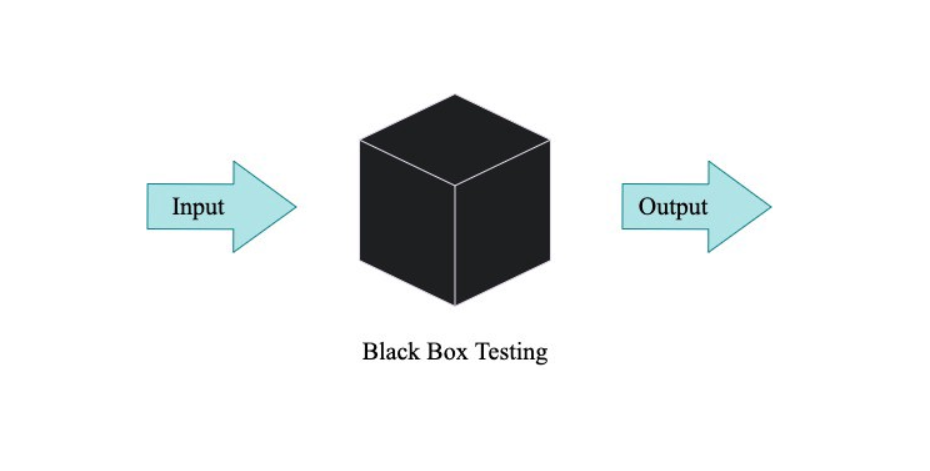Black box techniques is a software testing method in which the internal structure/design/implementation of the item being tested is not known to the tester. This technique focuses on analyzing the functionality of the software application according to the requirements and specifications. Testers input data into the system and check the output against expected results without peering into the internal code structure.
Techniques of Black Box Testing
Black box testing employs several techniques to ensure comprehensive coverage of the application. Here are some of the most commonly used techniques:
Equivalence Partitioning
- Description: This technique divides input data into equivalent partitions that can be treated the same way by the system. It assumes that all the values within a partition will behave similarly.
- Example: If an input field accepts values from 1 to 100, then the range can be divided into three partitions: valid (1-100), below valid range (less than 1), and above valid range (greater than 100).
Boundary Value Analysis
- Description: Boundary Value Analysis focuses on the boundaries between partitions. The idea is that errors often occur at the edges of input ranges.
- Example: For an input range of 1 to 100, tests would be conducted with values 0, 1, 2, 99, 100, and 101.
Decision Table Testing
- Description: Decision table testing, also known as cause effect table testing, is used for systems where a combination of inputs produces different results. This technique ensures that all possible combinations of inputs are tested.
- Example: A loan approval system where the decision to approve or reject is based on factors like credit score, income, and loan amount.
State Transition Testing
- Description: This technique is useful for testing systems where outputs depend on the sequence of past inputs. The system is modeled as states and transitions.
- Example: Testing an ATM where the system transitions between states like card insertion, PIN entry, amount selection, and transaction completion.
Use Case Testing
- Description: Use Case Testing involves creating test cases based on use cases defined by the user requirements. This ensures that all functional requirements are covered.
- Example: Testing an e-commerce application by creating use cases such as user registration, product search, adding to cart, and checkout.
Error Guessing
- Description: Error guessing is based on the tester’s experience to guess the problematic areas of the application. Testers use their intuition and knowledge to find defects.
- Example: Checking for null inputs, incorrect data types, and unexpected user actions based on past experiences with similar applications.
Categories of Black Box Testing
Black box testing can be categorized into different types based on the testing levels and the focus areas. Here are the primary categories:
Functional Testing
- Description: Functional testing verifies that the software functions as expected according to the functional requirements. It involves checking the user interface, APIs, databases, security, client/server applications, and functionality of the software under test.
- Example: Testing a login feature to ensure that users can log in with valid credentials and are denied access with invalid credentials.
Non-Functional Testing
- Description: Non-functional testing focuses on the non-functional aspects of an application, such as performance, usability, reliability, and scalability. It ensures that the application meets the required standards and provides a good user experience.
- Example: Performance testing to measure the response time of an application under a high load.
Regression Testing
- Description: Regression testing ensures that recent code changes have not adversely affected existing functionalities. It is a critical type of testing to maintain software quality over time.
- Example: After adding a new feature to an e-commerce application, performing regression tests to ensure that existing features like payment processing and order history are still functioning correctly.
Acceptance Testing
- Description: Acceptance testing is performed to determine whether the software is ready for release. It is often the final phase of testing and involves verifying that the software meets the acceptance criteria and business requirements.
- Example: User Acceptance Testing (UAT) where end-users test the software to ensure it can handle required tasks in real-world scenarios according to specifications.
Enozom, a prominent software development company, excels in delivering high quality software solutions by incorporating rigorous black box testing techniques and categories into their development process. Their approach involves various techniques such as equivalence partitioning, boundary value analysis, decision table testing, state transition testing, use case testing, and error guessing. These methods ensure comprehensive validation of software functionality without requiring knowledge of internal code structures. Enozom’s testing strategy spans multiple categories, including functional, non-functional, regression, and acceptance testing, each addressing different aspects of software quality. By leveraging these black box testing techniques and categories, Enozom guarantees robust, reliable, and user-friendly software products that meet client requirements and industry standards.
Conclusion
Black box testing is a vital aspect of the software development lifecycle, ensuring that the application meets its functional and non-functional requirements without delving into the internal workings. By employing techniques like equivalence partitioning, boundary value analysis, decision table testing, state transition testing, use case testing, and error guessing, testers can systematically and effectively validate the software’s behavior. Additionally, categorizing black box testing into functional, non-functional, regression, and acceptance testing helps in structuring the testing process to cover all critical aspects of software quality.
